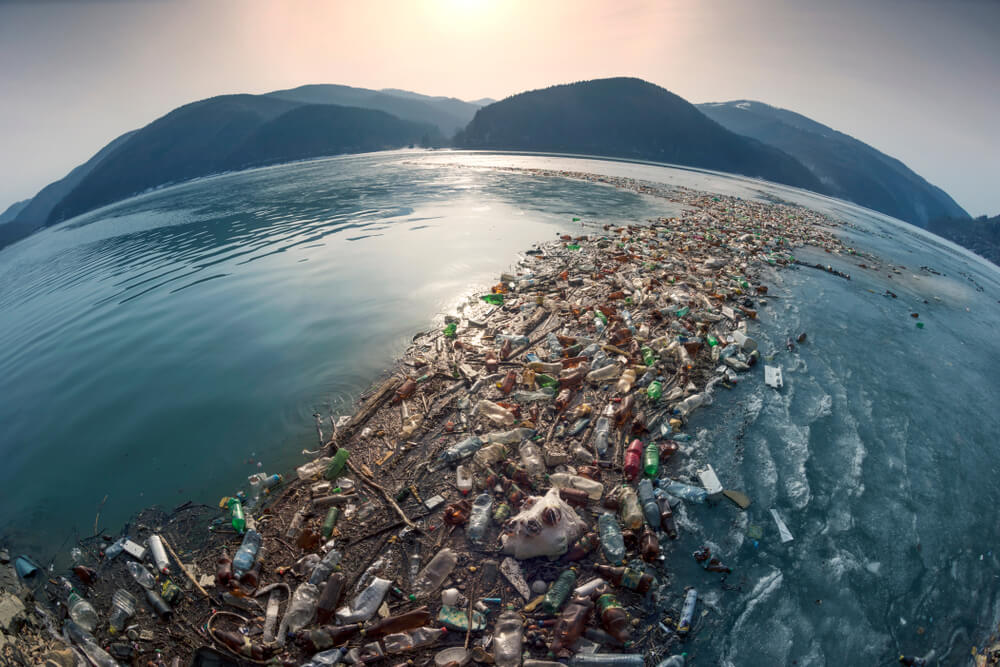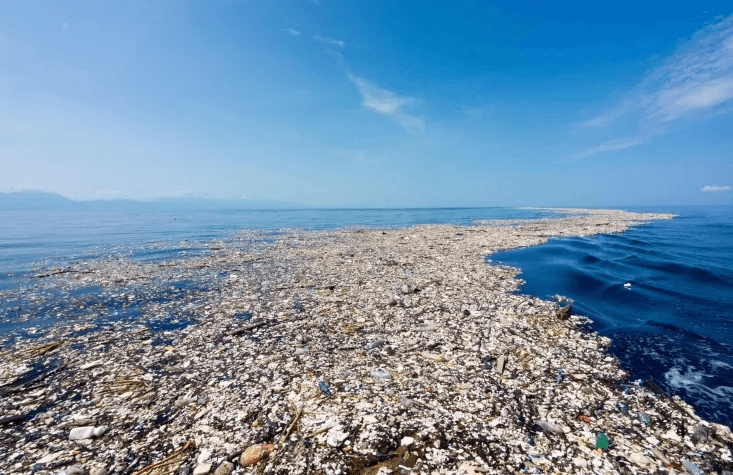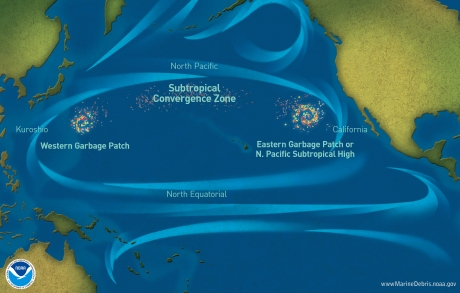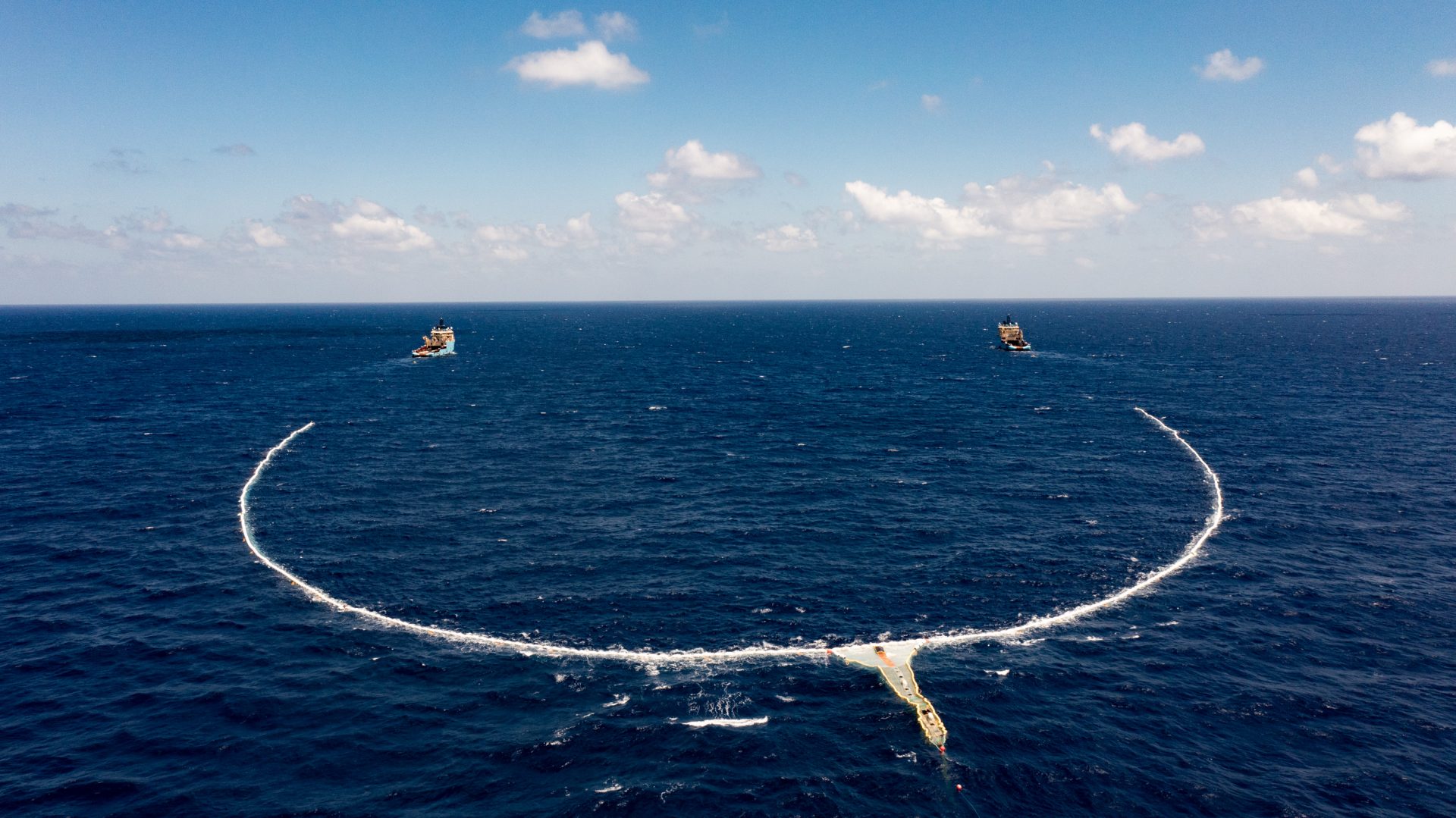Blog
It is so big that you can see it on maps: take a look at the Great Pacific Garbage Patch
Estimates say that the patch is made up of 80,000 tons of garbage. Currently, its area is comparable to the size of Europe.

Garbage patch or plastic island - that's the name given to the patch of garbage trapped in the Pacific currents between Japan, the Hawaiian Islands and California.
Reports of its existence came as early as the 1980s, but it wasn't "discovered" until the second half of the 1990s by captain and oceanographer Charles J. Moore. He later founded one of the institutions to examine the Great Garbage Patch.
Estimates as of 2018 say that the patch is made up of 80,000 tons of garbage. Currently, its area is comparable to the size of Europe. However, it is not a whole “piece of land”. In fact, the Great Garbage Patch is made up of Eastern and Western part connected by a stream with a smaller concentration of waste.
 Retrieved from: AFP Photo/Handout, more on ecoveta.eu
Retrieved from: AFP Photo/Handout, more on ecoveta.eu
The waste on these "islands" is mostly plastic. The most common items to be found are bottles, toothbrushes, plastic bags, mobile phones and paper pulp.
Plastics are further broken down into microplastics and enter the ocean food chain. How did the waste get to these locations, you ask? It was brought there by currents from land. Even worse, a similar island is already beginning to form in the Atlantic Ocean.
 Retrieved from: Marine Debris Program
Retrieved from: Marine Debris Program
Boats and fishermen at risk
This is the main risk resulting from the tons of waste. Microplastics in natural habitats are a major problem in themselves. They accumulate in the bodies of animals and humans, and larger pieces of plastic can even injure and kill marine animals.
How? They can ingest the plastic or get stuck in it. Fishing boats are also at risk, with the waste damaging engines, destroying nets and, in the worst cases, injuring the fishermen themselves. Not to mention the fact that the waste disrupts marine biodiversity.
An unsolvable problem
This is a seemingly unsolvable problem. The waste is in international waters, so no state bears responsibility for it. Even if it did, its removal would be too costly and could ruin many countries.
Charitable groups and private institutes are trying to help. These include, for example, the Marine Debris Programme, which monitors plastics, or The Ocean Cleanup, which brings together scientists, engineers and other specialists trying to find ways to clean up the ocean effectively.
The shape and material of the net ensures that undercurrents are created to help animals avoid the patch, while lighter plastics remain trapped in it. A prototype net was launched for a test run in 2018.
 Retrieved from: theoceancleanup.com
Retrieved from: theoceancleanup.com
So far, there is no more effective way to clean up the garbage patch. However, we all have a part to play - from large companies to individuals. The plastics that end up in the seas and oceans come from land, even from the continental inland.
That is why we should make every effort to sort and recycle plastics. Let us strive to prevent them from ending up in the water and let us also support companies and projects that help to develop new ways of cleaning up waterways.
How Hydrotech contributes to clean water
Hydrotech cannot clean up the ocean, but we do contribute to the cause by treating wastewater. And that includes removing plastics that could gradually make their way into the seas.
So if you're looking for a new industrial or wastewater treatment plant, or need to upgrade one you're already running, we're here for you.
We are not at all indifferent to water purity. Even when it comes to wastewater, because this is the water that most often returns to nature and brings with it many risks.
More articles
Participation at ECWATECH 2018 in Moscow
The Russian Federation is one of the countries where Hydrotech has implemented several projects and others are going to be implemented. Therefore, we...
Pepsi, Facebook, and Microsoft: how global companies strive to restore more water than they consume
You might be familiar with the terms sustainability, carbon neutrality, renewable resources, and biodegradable packaging. But do you know what it...
